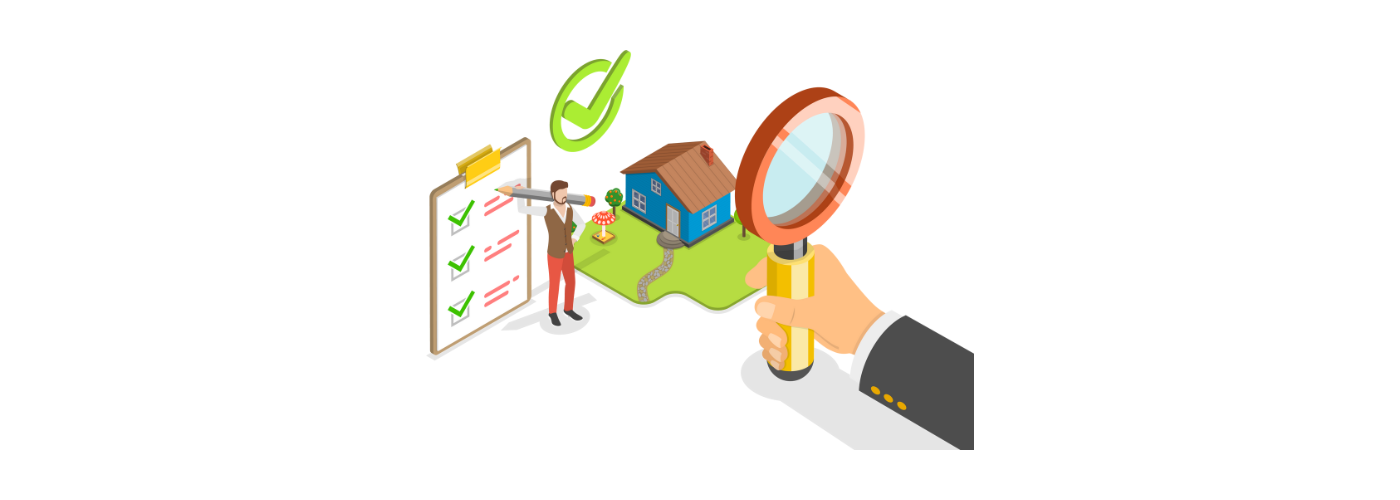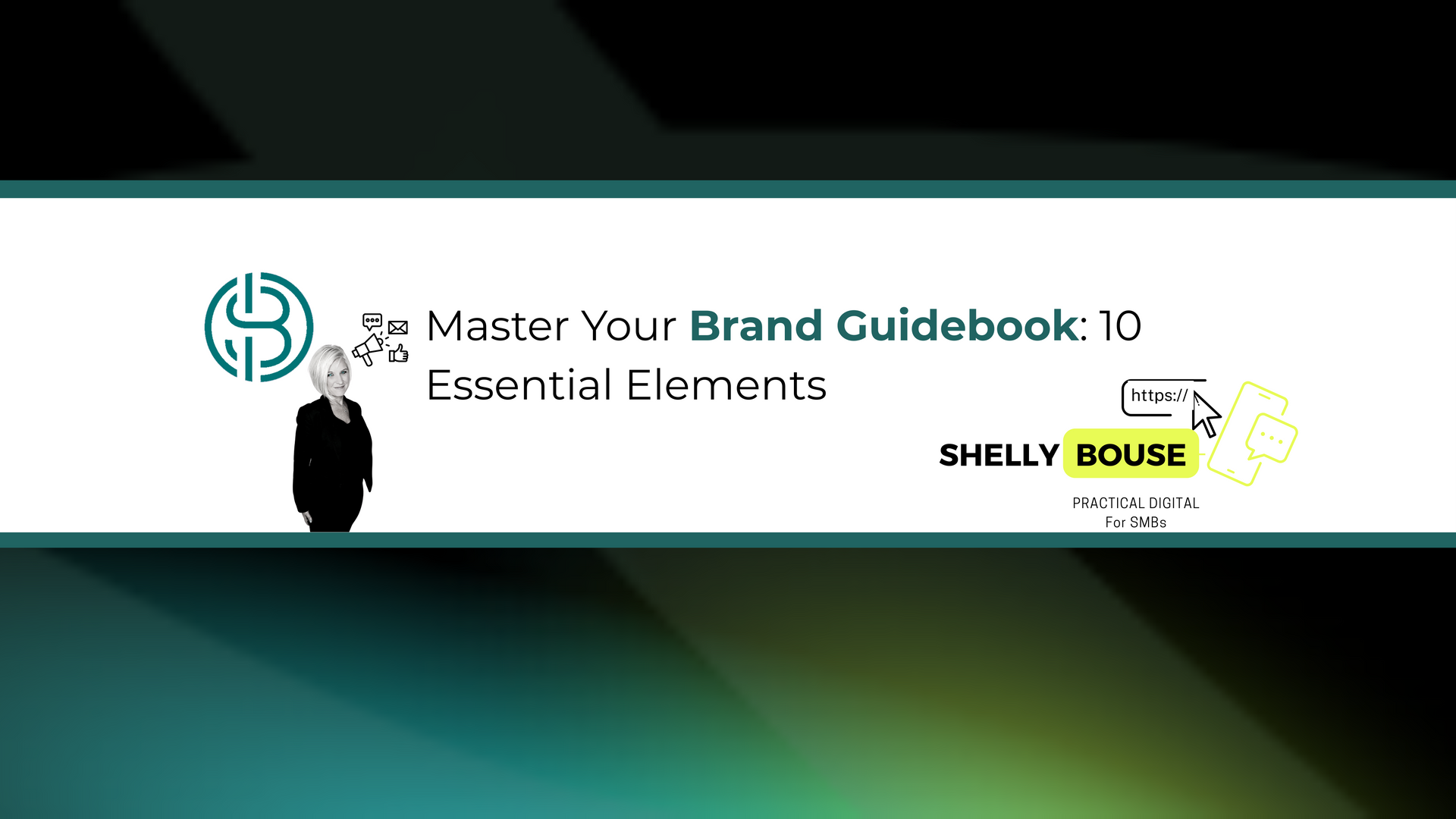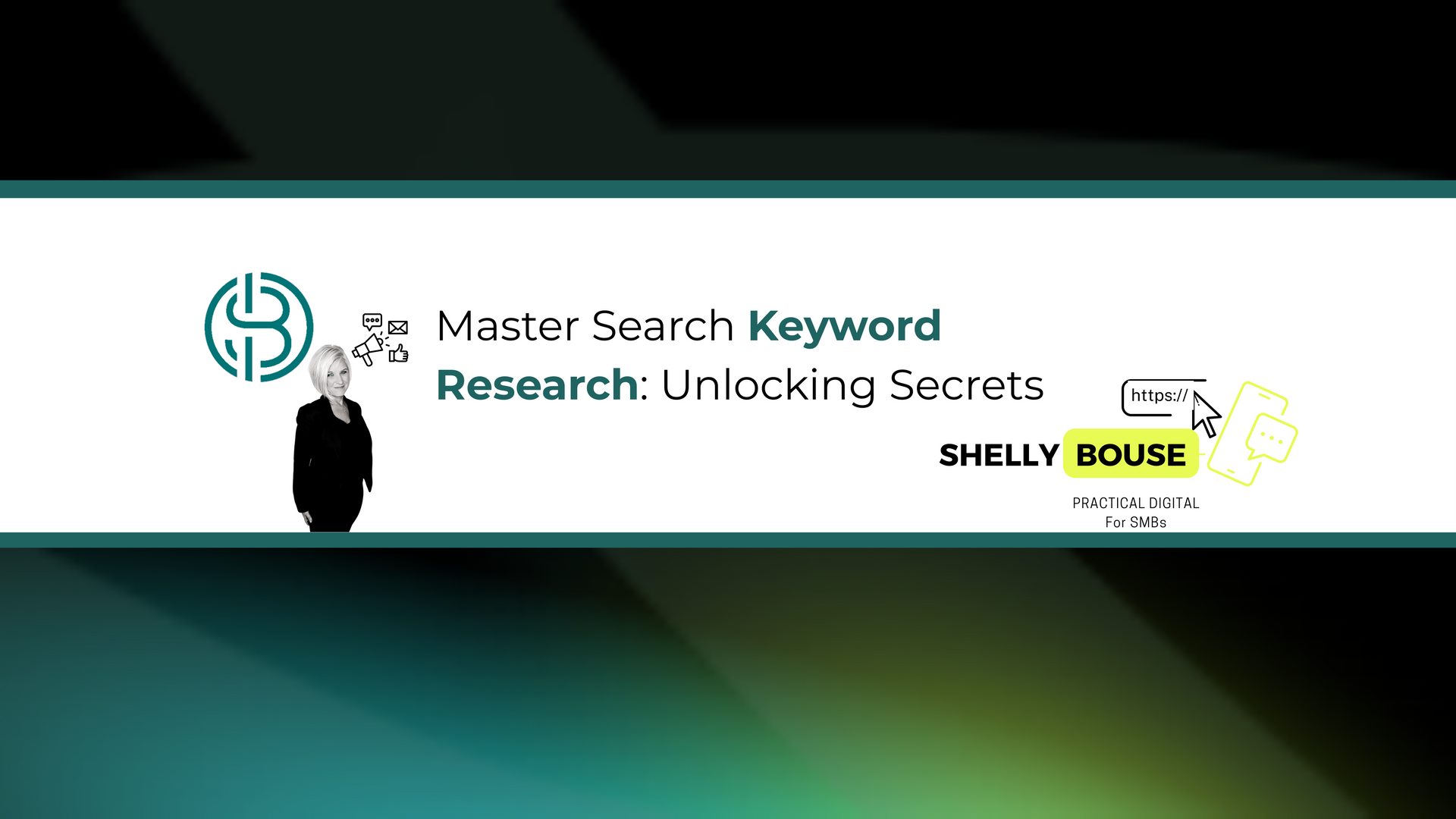Mastering Marketing Segmentation Strategies for Success
Shelly Bouse • April 14, 2025
Marketing Segmentation Strategies For Success: A Masterclass in Customer Insight
In the vast ocean of consumer diversity, how do you ensure your marketing efforts hit the mark every single time? The answer lies in the art and science of customer segmentation. Welcome to your masterclass in dissecting your audience and crafting laser-focused marketing strategies that resonate on a personal level.
Unveiling the Power of Customer Segmentation
Imagine having a crystal ball that reveals exactly what your customers want, when they want it, and how they prefer to be approached. That's the magic of customer segmentation analysis. It's not just about dividing your audience; it's about understanding the very essence of what makes them tick.
In today's hyper-competitive business landscape, generic marketing is as effective as shouting into the void. Customer segmentation is your megaphone, amplifying your message to the right ears at the right time.
The Segmentation Spectrum: From Earth to Psyche
Let's embark on a journey through the diverse world of segmentation strategies:
1. Geographic Segmentation: The World is Your Oyster
Think of geographic segmentation as your marketing GPS. It's not just about knowing where your customers are; it's about understanding how location shapes their needs and preferences. From bustling city centers to serene suburban landscapes, each locale tells a unique story about its inhabitants.
2. Demographic Segmentation: Beyond Age and Gender
While age and gender are important, demographic segmentation dives deeper. It's about painting a vivid picture of your customer's life story. Family size, income, occupation – each factor adds a brushstroke to the canvas of your customer's reality.
3. Psychographic Segmentation: The Window to the Soul
This is where segmentation gets truly fascinating. Psychographic segmentation is like being a detective of the human psyche. It's about understanding the values, interests, and lifestyles that drive your customers' decisions. Are they adventure seekers or homebodies? Early adopters or traditionalists? These insights are gold for crafting messages that truly resonate.
4. Behavioral Segmentation: Actions Speak Louder Than Words
Here's where we put on our analyst hats. Behavioral segmentation looks at how customers interact with your brand. It's about decoding the patterns in their purchasing habits, brand interactions, and product usage. This information is crucial for predicting future behavior and tailoring your approach accordingly.
Needs-Based Segmentation

Technographic Segmentation
Implementing AI and machine learning techniques to analyze technographic data further enhances the effectiveness of this segmentation method. By leveraging available data and understanding the technology preferences of different customer groups, businesses can effectively target their marketing efforts and drive better results.
The Art of Implementation: Bringing Segments to Life
Understanding your segments is just the beginning. The real magic happens when you put this knowledge into action:
- Personalized Marketing Campaigns: Craft messages that speak directly to each segment's unique needs and desires.
- Product Development: Use segment insights to create products that solve real problems for specific groups.
- Customer Experience Enhancement: Tailor your customer journey to cater to the preferences of different segments.
- Resource Allocation: Focus your efforts where they'll have the most impact by identifying your most valuable segments.
Discover Your Segmentation Strategy: Interactive Quiz
Ready to put your segmentation knowledge to the test and gain personalized insights? Take our interactive Customer Segmentation Quiz below. This quick assessment will help you evaluate your current approach to segmentation and provide tailored recommendations to enhance your marketing strategy. Whether you're new to segmentation or looking to refine your existing methods, this quiz will offer valuable insights to guide your next steps in creating more targeted and effective marketing campaigns.
Common Pitfalls and How to Avoid Them
Even the best segmentation strategies can go awry. Here are some common mistakes to watch out for:
- Over-segmentation: Don't slice your audience so thin that you can't effectively target them.
- Static Segments: Remember, people change. Regularly update your segments to keep them relevant.
- Ignoring Overlap: Understand that customers may belong to multiple segments. Be flexible in your approach.
The Future of Segmentation: AI and Beyond
As we look to the horizon, artificial intelligence and automation are set to revolutionize segmentation. Machine learning algorithms can identify patterns and segments we never knew existed, opening up new realms of marketing possibilities.

Your Roadmap to Segmentation Success
Ready to dive in? Here's your step-by-step guide to segmentation mastery:
- Define clear goals for your segmentation strategy.
- Collect comprehensive data from various touchpoints.
- Analyze and identify distinct customer groups.
- Create detailed profiles for each segment.
- Develop targeted strategies for each group.
- Implement and test your approaches.
- Continuously refine and update your segments.
Remember, effective segmentation is an ongoing process. It's about staying curious, remaining flexible, and always keeping your ear to the ground for shifts in customer behavior and preferences.
By mastering the art of customer segmentation, you're not just improving your marketing – you're transforming your entire business approach. You're moving from shooting in the dark to precision targeting, from generic messaging to personalized conversations, and from guesswork to data-driven decisions.
Are you ready to unlock the full potential of your customer base? Dive into the world of segmentation, and watch as your marketing efforts transform from good to extraordinary. Your customers – and your bottom line – will thank you.
Frequently Asked Questions About Marketing Segmentation
To help you navigate the complexities of marketing segmentation, we've compiled answers to some frequently asked questions:
How have businesses transformed with effective customer segmentation analysis?
What's the difference between market segmentation and customer segmentation?
While often used interchangeably, there's a subtle difference:
- Market segmentation focuses on dividing the entire market into distinct groups based on shared characteristics.
- Customer segmentation specifically deals with dividing your existing customer base into groups.
Both are crucial for targeted marketing, but customer segmentation allows for more personalized strategies based on actual customer data. For more insights on targeting strategies, check out our guide on defining your target audience .
How many segments should I create?
There's no one-size-fits-all answer, but generally, aim for 3-5 main segments. The key is to have enough segments to meaningfully differentiate your approach, but not so many that it becomes unmanageable. Remember, each segment should be:
- Large enough to be profitable
- Distinct from other segments
- Reachable with your marketing efforts
Your specific number may vary based on your business size, industry, and resources. Regularly analyze your data to refine your segments.
Can I use multiple types of segmentation simultaneously?
Absolutely! In fact, combining different types of segmentation often yields the most insightful results. For example, you might start with geographic segmentation, then further divide those groups based on psychographic characteristics. This multi-dimensional approach, often called hybrid segmentation, can provide a more nuanced understanding of your customers.
How often should I update my customer segments?
The frequency of updates depends on your industry and how quickly customer behaviors change. However, a good rule of thumb is to:
- Review your segments quarterly
- Perform a deep analysis and update annually
- Be prepared to adjust if you notice significant market changes or shifts in customer behavior
Regular updates ensure your marketing strategies remain relevant and effective.
What data should I collect for effective segmentation?
The data you collect should align with the types of segmentation you're using. Some key data points include:
- Demographic data: Age, gender, income, education
- Geographic data: Location, climate, urban/rural
- Psychographic data: Lifestyle, values, interests
- Behavioral data: Purchase history, brand interactions, product usage
Remember to comply with data privacy regulations when collecting and using customer data. For more on data analysis, visit our data analysis and reporting page.
How do I measure the success of my segmentation strategy?
Key metrics to track include:
- Conversion rates for each segment
- Customer Lifetime Value (CLV) per segment
- Engagement rates (email opens, click-throughs, etc.)
- Return on Investment (ROI) for segment-specific campaigns
Can AI and machine learning improve my segmentation efforts?
Yes, AI and machine learning can significantly enhance your segmentation strategies. These technologies can:
- Identify complex patterns in large datasets
- Predict customer behavior more accurately
- Automate the process of updating and refining segments
- Provide real-time insights for dynamic segmentation
To learn more about leveraging AI in your marketing efforts, explore our AI and automation solutions .
By understanding and applying these marketing segmentation strategies, you're taking a crucial step towards more targeted, efficient, and effective marketing. Remember, segmentation is not a one-time task but an ongoing process of learning about and adapting to your customers' needs and behaviors. Keep refining your approach, and you'll see the benefits in increased customer engagement, loyalty, and ultimately, business growth.
















